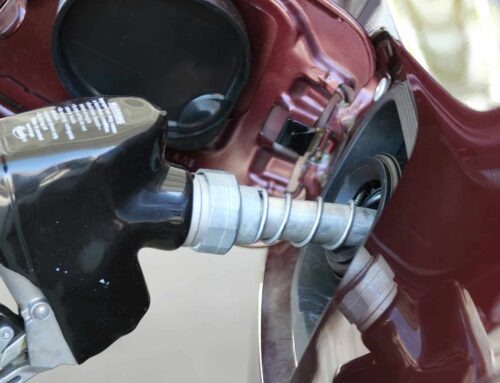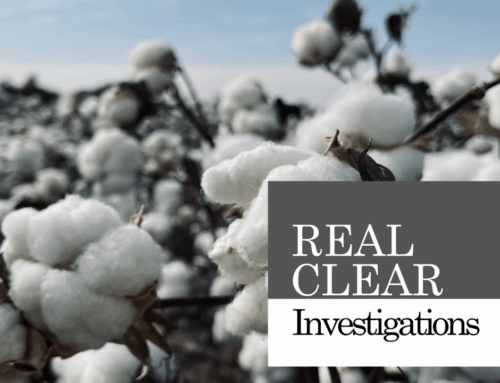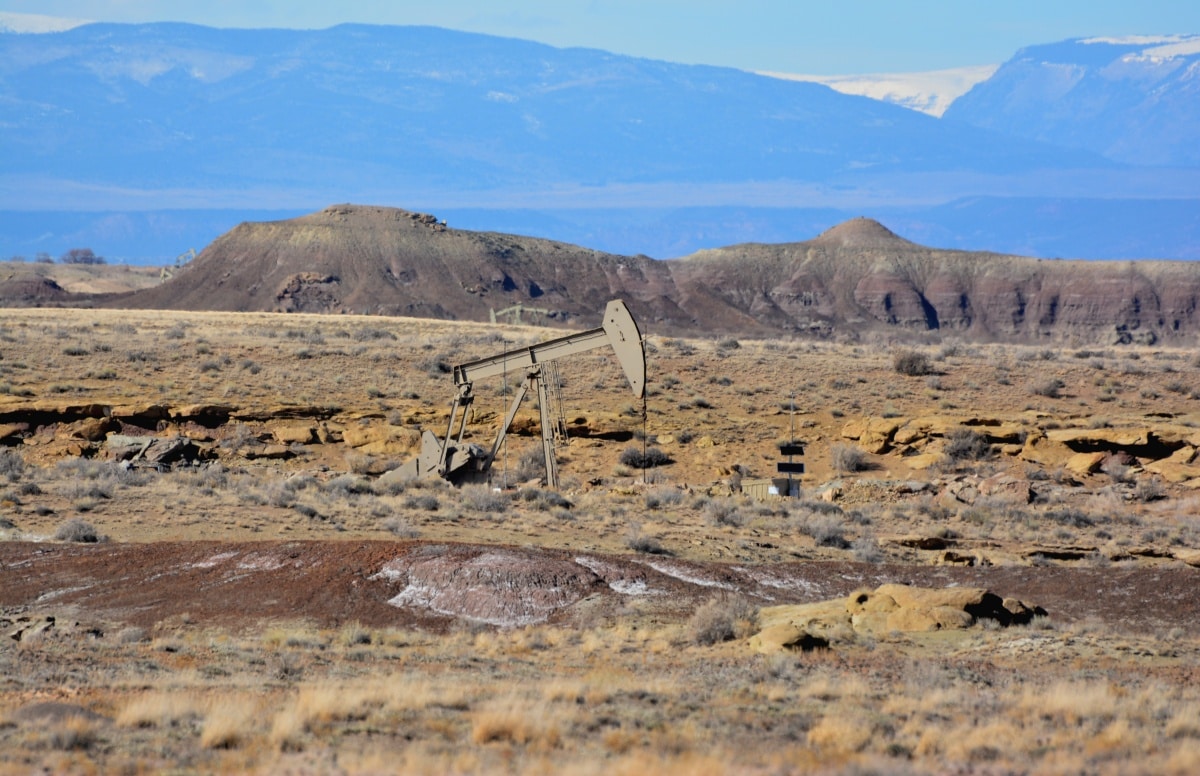Farmers and ranchers in the United States benefit from a variety of taxpayer funded programs aimed to assist producers in managing their risk. While the multitude of safety net programs for farm businesses were created to decrease the impact of physical and financial shocks, they have contributed to negative impacts on our environment, including our water systems.
Our nation’s water systems are negatively impacted through the subsidization of safety net programs that incentivize production over risk management. In order to mitigate these unintended consequences, costs, and long-term liabilities, disincentives for better conservation practices should be removed so not only farmers and ranchers, but also the climate and environment, can become more resilient to future financial, economic, and weather challenges.
Congress and the Biden Administration can better achieve climate goals by removing obstacles to agricultural climate adaptation. Incorporating conservation into agricultural production practices can help farmers and ranchers increase efficiency, reduce operator costs, increase yields, and ultimately position themselves to be better prepared for the next disaster or financial challenge while decreasing the negative impact of agricultural production on water quality. Reforming risk ratings and risk sharing in crop insurance, including accounting for risk reduction in certain conservation practices, would go a long way in removing disincentives to conservation and decreasing the environmental impact of agriculture.
Download or read the fact sheet below.










